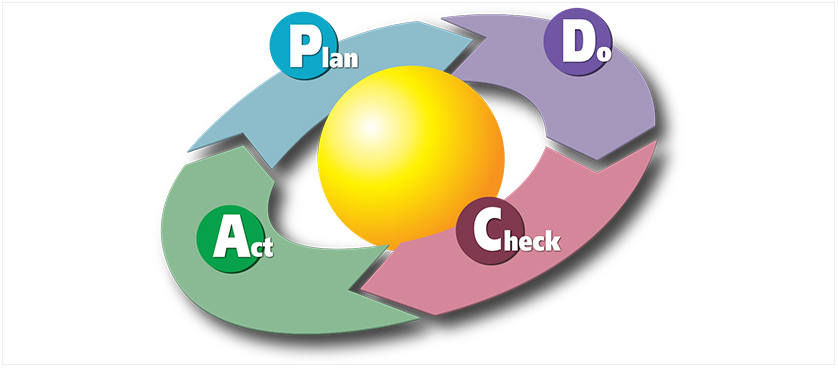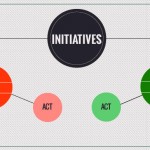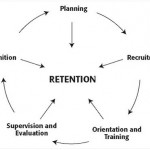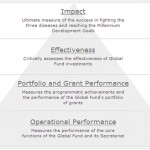Performance Management case study: Plan – Do – Check – Act (PDCA) in a non-profit organization
Improving children’s quality of life in developing countries is today a priority of thousands of not-for-profit organizations. It is a difficult journey, influenced by many macro and microeconomic, political, social, cultural, and religious factors. Many such efforts are structured in programs and projects.
Monitoring their implementation as well as their impact is a requirement not only for tracking if they make a difference but also for attracting new funding and other resources for future programs. Overall, many non-profit programs employ robust performance management systems to support the achievement of their purpose. Designing and using such systems is not as straightforward as it may seem.
OrganizationA non-profit organization.
SettingThe organization operates in both urban and rural regions, implementing programs and projects targeting specific health and early childhood development issues.
MandateImprove the health and education of children in at-risk communities in developing countries.
InstrumentsA performance management system is in place, linking objectives, performance indicators, and initiatives.
Performance indicatorsTo monitor the achievement of this objective a set of performance measures can be established, targeting some of the specific issues to be addressed. For example:
- % Incidents of anemia
- # Average scores on language and communication skills for toddlers
- # Average scores for vocabulary tests
The organization is following the standard Deming cycle applied in a performance management context: Plan-Do-Check-Act (PDCA). Each year it formulates a plan of activities, specifying objectives, performance indicators, and projects to be implemented.
It monitors results every six months, when following an analysis of these results, review meetings take place. They generally result in a recalibration of initiatives and sometimes new ones are established.
Several programs and projects are running at any time, aimed at raising awareness in the community of health and educational issues. Additional projects targeted specific issues such as improving the economic situation of the families in the community, better equipping the kindergarten/primary school and training the educators.
Some success was reflected by the reduction of the incidents of anemia and improvement in the scores. However, after a while, the performance reports started to reflect stabilization of results, and no further improvements were achieved.

Tags: Education and Training performance, Healthcare performance, Non-Governmental, Non-Profit performance, Performance Architect Update






